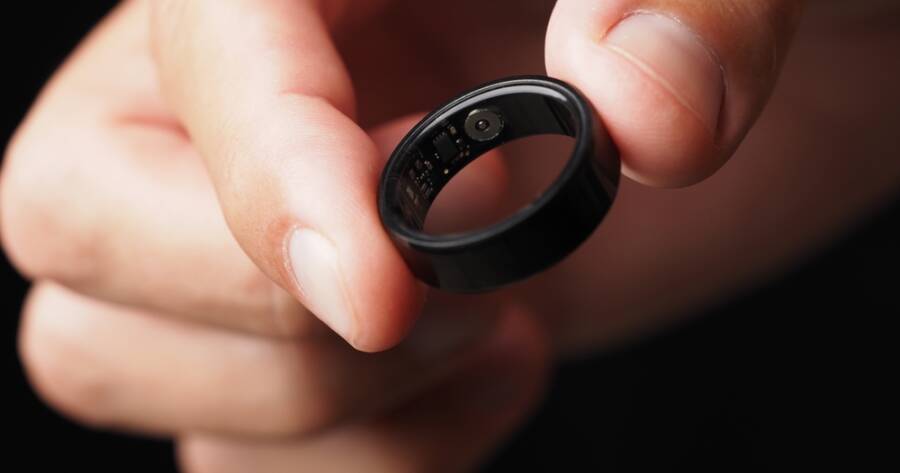In recent years, the world of wearable technology has expanded far beyond the traditional smartwatch. Innovators are exploring new frontiers, developing cutting-edge devices that could potentially enhance various aspects of daily living. From boosting personal health monitoring to enhancing our interaction with the environment, these innovations may offer intriguing possibilities. As technology continues to advance, these wearables are finding their place in a rapidly changing world, offering fresh avenues for convenience and connectivity.
Health Monitoring Beyond Smartwatches
While smartwatches are often the go-to for health tracking, new wearables are emerging that could redefine how we monitor our well-being. These devices are venturing into unexplored areas, providing potentially deeper insights into our bodies.
Smart Clothing
Smart clothing is an area garnering attention for its ability to unobtrusively monitor physiological parameters. These garments are designed with embedded sensors that might track heart rate, body temperature, and even respiratory rates. Some athletic wear aims to provide real-time feedback on physical performance, offering users data to potentially improve their workouts. Although still in development, smart clothing could one day personalize healthcare in ways that were previously unimagined.
In-Ear Devices
In-ear devices, often resembling earbuds, are now being designed to do more than play music. These gadgets could monitor vital signs and ambient noise levels. By potentially tracking metrics like blood oxygen levels and core body temperature, they introduce a novel way to gather personal health data. Their discreet form factor makes them an appealing option for those seeking less intrusive wearable health technology.
Environmental Interaction and Enhancement
Wearable technology is also finding a role in how we engage with the environment, potentially offering new levels of awareness and interaction.
Augmented Reality Glasses
Augmented Reality (AR) glasses can overlay digital information onto the real world, creating an enhanced view of our surroundings. Industry experts are exploring their applications in fields such as navigation and education, where these glasses might provide step-by-step directions or interactive learning experiences. With continuous refinement, AR glasses could revolutionize how we see and interact with the world around us.
Smart Rings
Smart rings, while small and sleek, can pack a significant punch. Often equipped with sensors and communication capabilities, they might track physical activity, sleep patterns, and even have NFC technology for contactless payments. These rings offer a less conspicuous alternative to smartwatches, marrying functionality with fashion in an elegant package. As their capabilities grow, smart rings may become an integral part of our digital lives.
Enhancing Social Connectivity
Wearables are also poised to innovate how we connect and communicate with each other, potentially bringing new dimensions to social interaction.
Haptic Feedback Devices
Haptic feedback devices can offer more than just a new way to experience digital content; they could transform how we connect over long distances. By simulating touch, these devices aim to convey emotions and sensations, allowing users to feel a “handshake” or “hug” from afar. This technology is still in its infancy, but it may one day provide a richer, more tactile layer to virtual communication.
Wearable Translation Devices
Language barriers can be a significant hurdle in global communication, but wearable translation devices are attempting to bridge that gap. These gadgets, often worn around the neck like a pendant or integrated into earbuds, promise real-time translation capabilities. While accuracy and speed are still developing areas, these devices could potentially open up new avenues for international dialogue and collaboration.
Future Possibilities and Considerations
As wearables evolve, they open a myriad of potential possibilities, though they also bring considerations that must be addressed.
Ethical and Privacy Concerns
With the increasingly personal nature of data collected by wearables, ethical and privacy concerns take center stage. Ensuring user data is protected and used responsibly will be crucial for widespread adoption. As innovative technologies continue to advance, transparency and robust privacy safeguards will likely need to become foundational elements of wearable tech development.
Accessibility and Inclusivity
For these technologies to truly revolutionize daily life, they must be accessible to diverse populations. Affordability, ease of use, and design inclusivity will be essential factors in making these innovations available to all. Companies and developers must strive to create wearables that not only push technological boundaries but also enhance the quality of life for as many people as possible.
Learn More Today!
The exploration of wearable technology beyond the wrist introduces a fascinating realm of possibilities that may reshape our daily lives. From health monitoring to environmental interaction and social connectivity, wearables are evolving at a remarkable pace.
As these innovations continue to develop, they will likely need to balance technological advancements with ethical considerations and accessibility. The ongoing journey in the world of wearables offers an exciting glimpse into a future filled with potential benefits and challenges alike.

